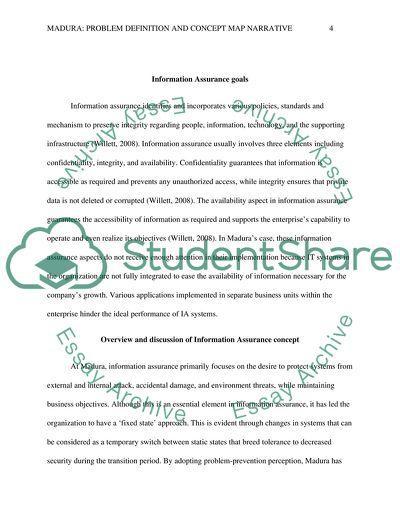Cite this document
(Madura IT Systems Case Study Example | Topics and Well Written Essays - 5000 words - 1, n.d.)
Madura IT Systems Case Study Example | Topics and Well Written Essays - 5000 words - 1. https://studentshare.org/information-technology/1834547-madura-problem-definition-and-concept-map-narrative
Madura IT Systems Case Study Example | Topics and Well Written Essays - 5000 words - 1. https://studentshare.org/information-technology/1834547-madura-problem-definition-and-concept-map-narrative
(Madura IT Systems Case Study Example | Topics and Well Written Essays - 5000 Words - 1)
Madura IT Systems Case Study Example | Topics and Well Written Essays - 5000 Words - 1. https://studentshare.org/information-technology/1834547-madura-problem-definition-and-concept-map-narrative.
Madura IT Systems Case Study Example | Topics and Well Written Essays - 5000 Words - 1. https://studentshare.org/information-technology/1834547-madura-problem-definition-and-concept-map-narrative.
“Madura IT Systems Case Study Example | Topics and Well Written Essays - 5000 Words - 1”. https://studentshare.org/information-technology/1834547-madura-problem-definition-and-concept-map-narrative.


